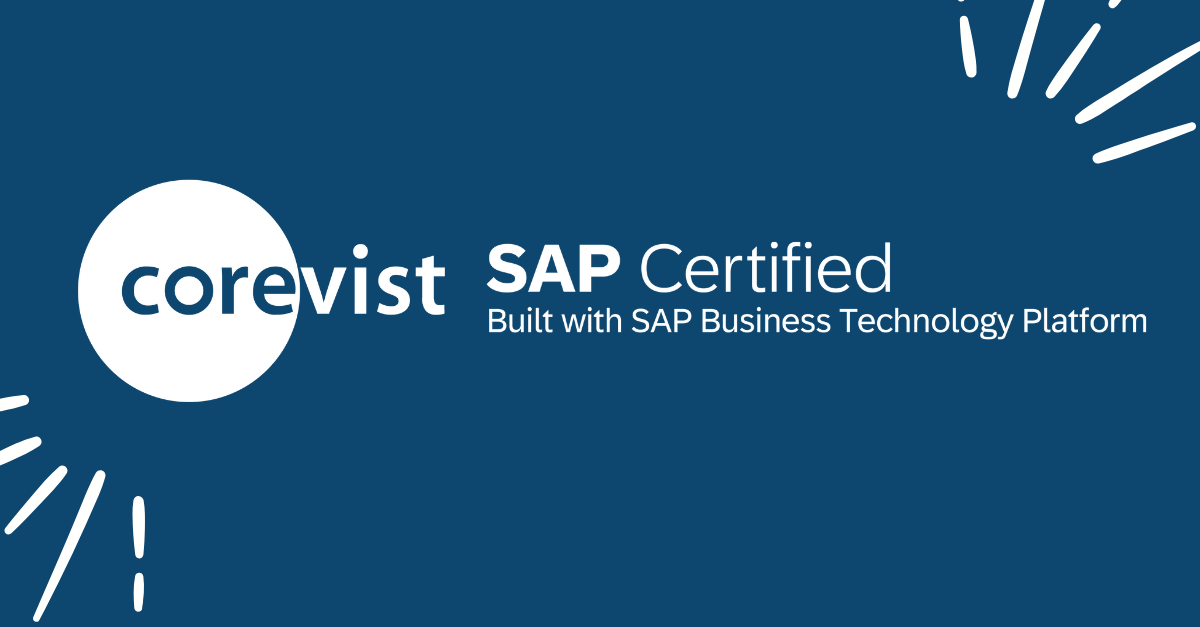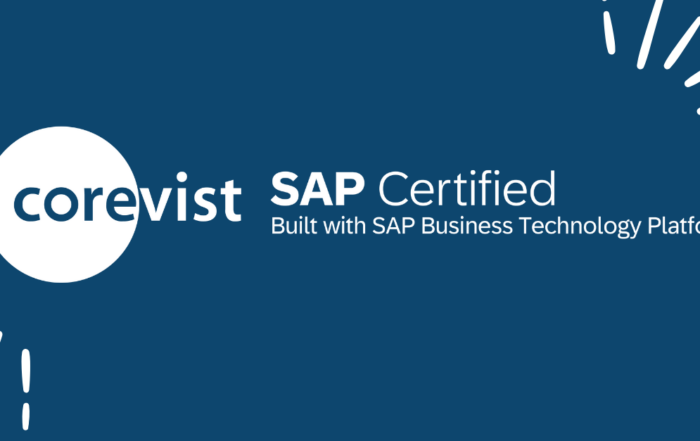Share
Author
George Anderson
Share
Planning Your Digital Transformation
The transition from legacy business processes to SAP ecommerce comes with many exciting challenges. We’ve dealt with the first two stages in this journey in previous posts—appointing an ecommerce lead, and mapping the needs of your stakeholders. What’s the next step? With leadership in place and internal concerns catalogued, where do you go from here?
Now it’s time to build a plan for launching your digital transformation of customer experience. There are 5 components which your plan MUST cover. Let’s look at each one, why it matters, and what it should cover.
1. The business case
It may seem so obvious that you don’t have to state it, but the business case is the #1 component driving your strategic plan. Why are you transforming your customer experience? It’s not enough to do it because you can, or because you’re reading about it everywhere in the business press. If you haven’t identified your business case(s), then stop the strategic planning right now. You need to get that down first.
Here are the most common high-level business cases we see. Many organizations identify more than one of these as their drivers for transforming customer experience:
- Grow market share. Expand into new segments with highly searchable ecommerce catalogs, online visibility, rich content, and intelligent product recommendations.
- Increase efficiency. Self-service ordering is far more efficient than CSRs keying in orders, particularly when the ecommerce solution only accepts 100% SAP-ready orders. See our ROI calculator for more.
- Become ETDBW (easier to do business with). Give your existing customers the self-service ordering portal they want. You’ll make their lives easier and save them a phone call every time. You might be surprised at the fact that 49% of companies now do 50-74% of all corporate purchases online.
With your business case clearly identified in your plan, you can track everything that follows against it for proper alignment. Be prepared to adjust anything in the plan that doesn’t align to the business case.
2. Customer journey: Existing vs. transformational goals
Let’s be honest, it’s difficult for large organizations to think about their customers in the same way those customers think about themselves. The larger the company and the more complex the business, the harder it is to understand customer experience directly. We always end up depending on certain assumptions about what our customers want and what they find acceptable.
To really transform your business and drive ecommerce as a viable channel, it’s essential to get in your customer’s shoes. To do that, you should ask two questions in your strategic plan:
- What is the customer’s journey with us today?
- What SHOULD the customer’s journey look like?
It’s useful to consider each question from two angles—internal and external value. In other words, fill out your strategic plan with two sub-questions under each major question:
- What is the customer’s journey with us today?
- What about the existing customer journey creates value for us?
- What about the existing customer journey creates value for our customers?
- What SHOULD the customer’s journey look like?
- How can we transform the customer journey to create greater value for us?
- How can we transform the customer journey to create greater value for our customers?
Of course, answering these questions is a fairly involved process. How do you get a true voice of the customer represented in your strategic plan?
At Corevist, we ensure the customer’s voice is central by rolling out ecommerce with a series of targeted focus groups. In these meetings, we demo our live software in front of internal stakeholders as well as your customers and ask a provocative question: “Why can’t we put this into production today?”
When you take a similar approach in your strategic plan, you ensure that the customer experience remains central to your digital transformation.
3. Internal transformation: The effect on operations
Transforming your customer experience has a profound impact on your internal operations. That’s why it’s crucial that your strategic plan ask (and answer) this question:
- What changes must we implement internally to support the transformation of our customer experience?
One of the biggest growing pains of transforming into an ecommerce business is the adjustment of internal processes. While leadership understands the need to transition to ecommerce, the “boots on the ground” in Sales, Customer Service, and IT may be resistant to change.
That’s why it’s critical to spell out how ecommerce will affect your stakeholders—and get the buy-in of internal evangelists from the start. Then address those concerns in your strategic plan, including documenting the change in every business process that ecommerce affects.
4. Commit to a platform that supports your business case
Digital transformation of your customer experience requires an ecommerce platform. Your plan should include a commitment to the right platform—one that can meet the needs outlined by your business case.
Here’s where Corevist Commerce really excels. Remember those 3 most common business cases from Section 1? Here’s how Corevist aligns to each.
- Grow market share. Corevist gives you the power to reach new segments with rich content, intelligent search, smart product recommendations, and more.
- Increase efficiency. With intelligent error messages and only 100% SAP-ready orders posted to SAP, Corevist puts ordering in the hands of your customers. That way, you can slash your cost of order fulfillment.
- Become ETDBW (easier to do business with). Your customers want to buy online, with accurate inventory data, accurate pricing, and more. Only a real-time integration to SAP, like Corevist Commerce, can provide that.
It’s important to note, too, that scalability is crucial to your platform choice. We’ve seen many SAP ecommerce projects fall by the wayside due to huge, unachievable rollout plans. That’s why we recommend a scalable rollout plan—one that allows you to take smart, calculated steps in your ecommerce journey.
Which leads us to the 5th critical piece of your strategic plan: measuring success.
5. Monitor, measure, and get better
This facet of your strategic plan is how you adjust your initiatives to keep them aligned with the other 4 facets. It’s based on measuring real data.
Obviously, there’s lots to measure when it comes to ecommerce. You have metrics for customer activity, as well as metrics for internal efficiency. Which ones should you prioritize? Which ones will you appoint as KPIs (key performance indicators)?
While every business is different, here are some of the top metrics which we recommend for measuring your success. Note that each of these metrics is the responsibility of the Ecommerce Lead.
- Direct ROI. You should aim to spend no more than 0.15% of ecommerce revenue on keeping your ecommerce store online. (This is what Corevist clients achieve.)
- Average NPS score. Net promoter score (NPS) is a phenomenal way to measure customer satisfaction. Remember, the goal is to transform your customer journey for the better. NPS is a key part of that.
- Increase in preexisting customer base using ecommerce. If one of your goals is to transition existing relationships to ecommerce, this is a key indicator of how far down that road you’ve come.
- Increase in transactions. Use this metric to track the number of unique transactions on your site.
- Increase in average order value. This metric is especially useful it you have a catalog with rich content and intelligent product recommendations that are meant to increase the value of every transaction.
- Increase in conversion rate. If your goal is to convert more website visitors into buyers, then this is your metric.
Moving forward: FREE case study
Wondering what a good ecommerce plan looks like in real life? Download this case study on Oregon Tool. You’ll learn how the company built an intelligent ecommerce plan that took all requirements into consideration. The result? An ecommerce business that’s thriving.
[want_more title=”Learn more” subtitle=”FREE Case study: Oregon Tool” description=”Learn how multiple departments came together as Oregon Tool launched ecommerce.” button_text=”Download Now” button_link=”https://www.corevist.com/blount-international-inc/” button_class=”btn btn-primary blount-case-study” title2=”See it for yourself” subtitle2=”Talk to us” description2=”Curious what Corevist Commerce can do for you? Let us show you a personalized demo. You’ll see ecommerce with real-time SAP data.” button_text2=”Schedule Demo” button_link2=”https://www.corevist.com/demo/” button_class2=”demo-popup”]







